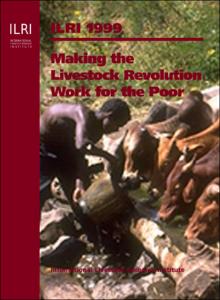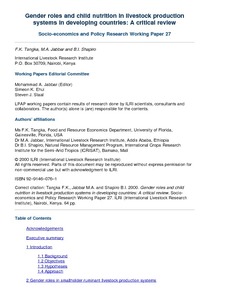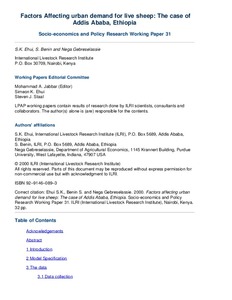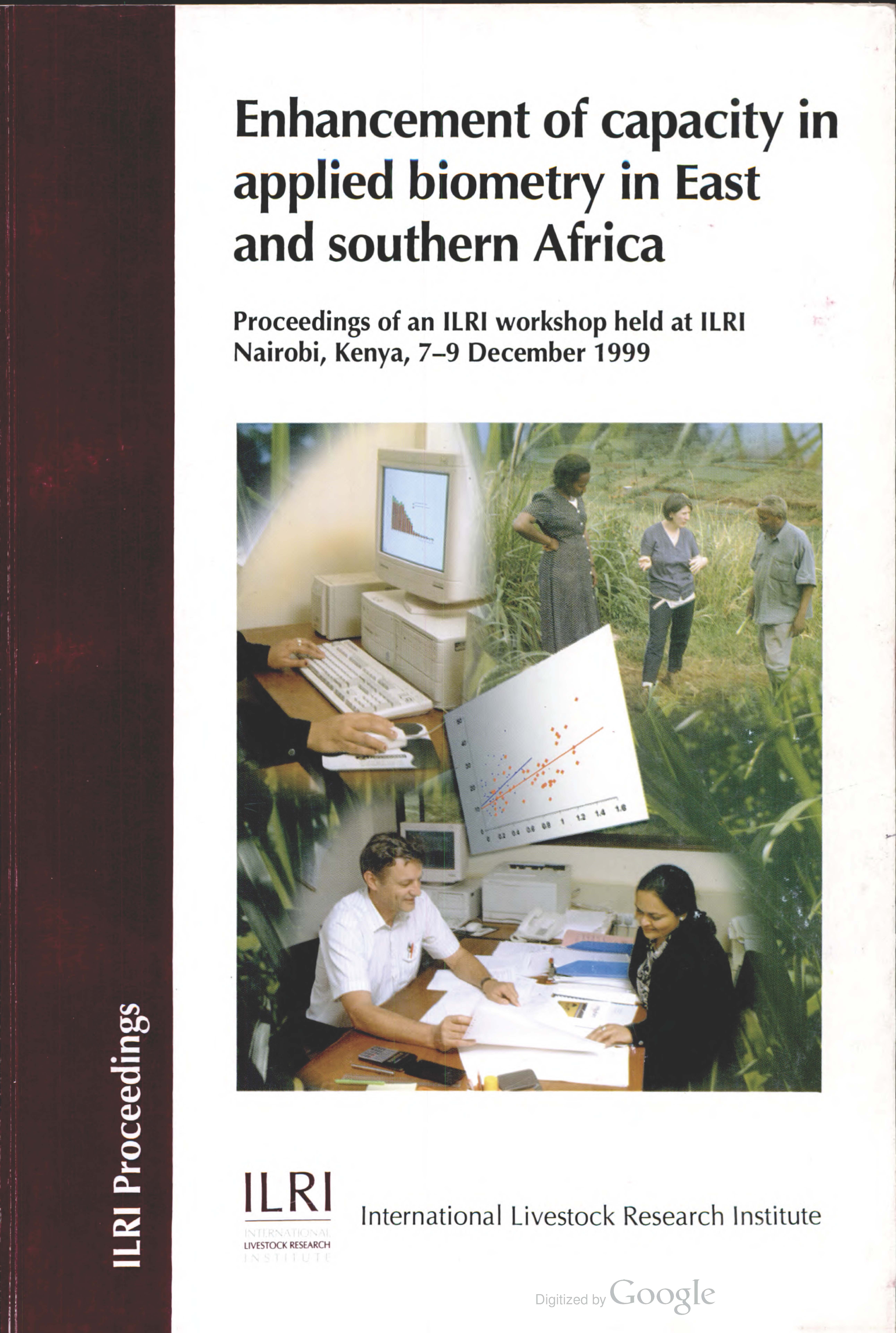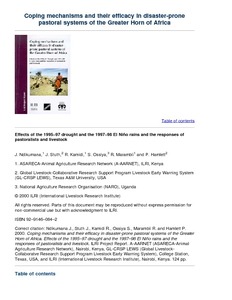Location
Vision, mission and strategy
ILRI's strategy 2013-2022 was approved in December 2012. It emerged from a wide processof consultation and engagement.
ILRI envisions... a world where all people have access to enough food and livelihood options to fulfil their potential.
ILRI’s mission is... to improve food and nutritional security and to reduce poverty in developing countries through research for efficient, safe and sustainable use of livestock—ensuring better lives through livestock.
ILRI’s three strategic objectives are:
- with partners, to develop, test, adapt and promote science-based practices that—being sustainable and scalable—achieve better lives through livestock.
- with partners,to provide compelling scientific evidence in ways that persuade decision-makers—from farms to boardrooms and parliaments—that smarter policies and bigger livestock investments can deliver significant socio-economic, health and environmental dividends to both poor nations and households.
- with partners,to increase capacity among ILRI’s key stakeholders to make better use of livestock science and investments for better lives through livestock.
This is ILRI’s second ten-year strategy. It incorporates a number of changes, many based on learning from the previous strategy (2000–2010, initially produced in 2000 and modified in 2002), an interim strategy (2011–2012) and an assessment of the external and internal environments in which the institute operates.
Members:
Resources
Displaying 916 - 920 of 1152ILRI 1999. Making the livestock revolution work for the poor
This annual report takes as its theme the central challenge facing the institute and its partners at the start of the new millennium: making the livestock revolution work for the poor. It is a companion report to the institutes new strategic plan, which takes the revolution as its basis in determining how ILRI's programme should evolve in the first decade of the 21st century. The report begins and ends on a farm in central Ethiopia, whose mixed crop-livestock producers are just beginning to participate in the expanding dairy market of the country's capital, Addis Ababa.
Gender roles and child nutrition in livestock production systems in developing countries: a critical review
The study of gender issues in agricultural production has become an important subject of inquiry, even since questions were raised on whether women and men benefited equally from economic development. The focus of the debate and empirical research has primarily been on the role of women in crop production to the virtual exclusion of the role of gender (women, men and children) in livestock farming.
Factors affecting urban demand for live sheep: The case of Addis Ababa, Ethiopia
As the share of small ruminant meat, especially sheep, in the demand and consumption of meat in general grows, information about consumer expenditure behaviour and demand parameters for live sheep will be valuable for several interest groups in the sheep industry. Using the Heckman two-stage approach, this study shows that sheep prices and household income, as well as socio-demographic factors, including household size and composition, significantly affect the likelihood of buying live sheep and expenditures on live sheep.
Enhancement of capacity in applied biometry in East and southern Africa
Biometric skills in developing countries are inadequate to support the changing priorities of agricultural research with the consequence that the quality of research aimed at increasing food security and alleviating poverty is often deficient because it lacks good statistical design" (CTA, 1997).


